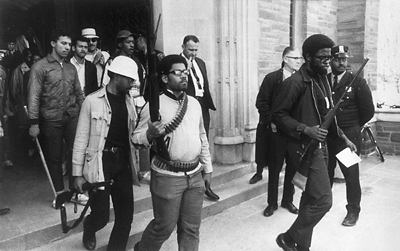
This is my third commentary on Allan Bloom’s seminal 1987 book, The Closing of the American Mind. I have maintained that Bloom was right in stressing the importance of liberal education in the construction of a democratic society, but that the canon of study must include the speeches and writings of the exceptional leaders of the people’s revolutions of the world during the last 100 years, and the intellectuals organically tied to them (“The Closing of the American Mind: Liberal education and the function of the university in a democracy,” August 29, 2023). And I have maintained that Bloom was right in rejecting the cynical belief in the relativity of truth, because of its nefarious consequences for democracy, but that he offered no developed solution to the problem. I maintain that the leaders of the people’s revolutions have shown in practice the solution, in …


